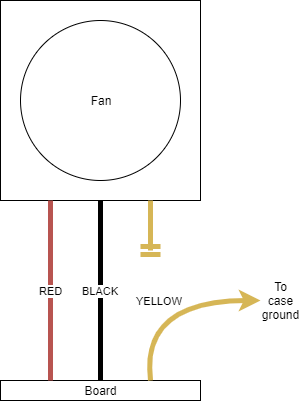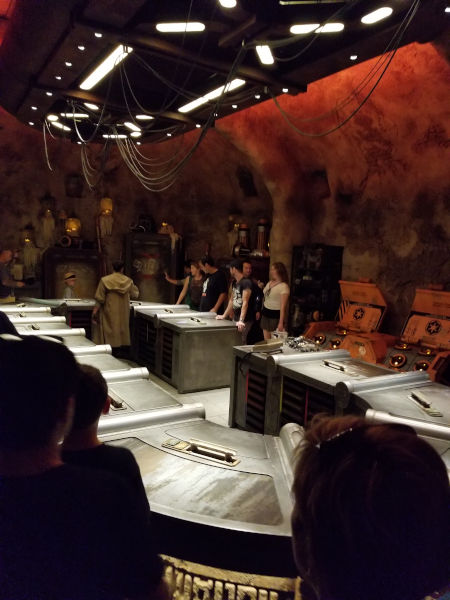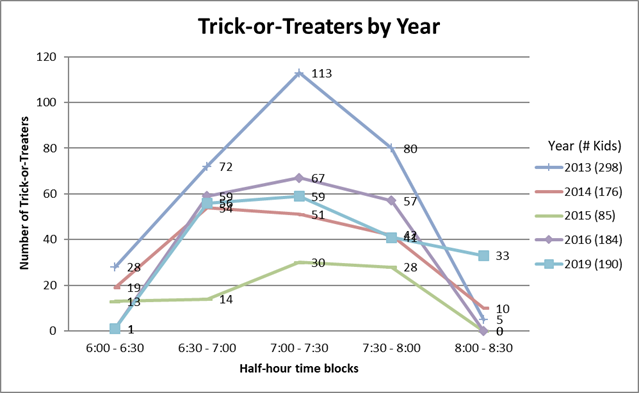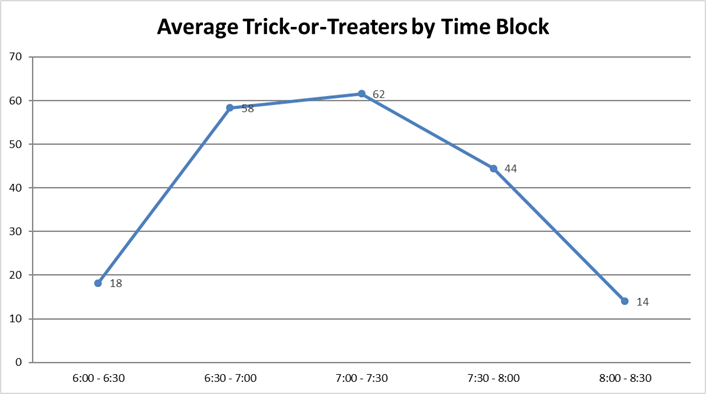Bad Luck Repairing Robots
I’ve been having trouble of late when trying to repair robots at home. This is leading me to the belief that if anything you own has a battery, that battery must be user-serviceable. I’m going to start looking for things with this specific feature.
Robot repair is, admittedly, not the most common occurrence, but within the last few months there have been some robotic mishaps.
The first issue came along with my Sphero. I had one of the originals and it was working pretty well, but I left it unused for a few months while I was doing other things. When I came back it wouldn’t hold a battery charge anymore.
The body on a Sphero is a sealed plastic ball. You can’t open it or do anything with it. Once it dies, you throw it out. Which is a shame, because with a new battery it’d be good as new.
Luckily, despite the age of the robot, the super amazing awesome folks at Sphero replaced it at no cost. I got a newer robot which paired easier with my phone (the old one was giving me problems, likely due to an old firmware) and it’s sweet.
Of course… I figured I’d try to replace the battery in the old one anyway. Why not? Worst case scenario I’d be in the same position I was already in - one working robot, one non-working robot.
I took a Dremel and opened the sphere. I bought some 70mm clear plastic ornaments to serve as a replacement body. I looked at the battery in there and bought a replacement of the same type. Easy enough to unscrew the body part that covers the battery, unplug the old one, plug in the new one, and put it all back together.
I did all that and stuck it on the charger for a day. It appeared to charge, but… it just wouldn’t wake up. Hmmm. I unplugged the battery, plugged it back in, put it back on the charger for a day. Next day I tried again and it woke up… but wouldn’t pair with my phone. Or the iPad. Or anything else. It just blinked until the pairing timed out.
I have no idea what went wrong there. I’m guessing there was something else messed up, or the new battery wasn’t as identical as I thought it was… or something.
That robot went to the trash and now I have a bag of clear ornaments and a battery pack that doesn’t go to anything.
The second issue was with a “BB-8 Hero Droid”. This is a gift I got my wife a few years back. It follows you around, responds to voice commands… pretty fun.
Just like with my Sphero, BB-8 went unused for a few months. After we tried charging him up, he wouldn’t hold a charge.
I found this video where a guy takes one of these apart. Seemed involved but easy enough.
Today I got around to doing that, being on vacation for the holidays. I was hoping to get it fixed up for my wife for Christmas.
With no small effort I got the shell of the BB-8 body off. All the parts were labeled in the order in which I removed them, I had a bunch of photos, and the video also shows the exact steps I did.
Once the body is off, though… that’s where the video ends. There aren’t instructions for actually replacing the battery. It’s buried right in the center of the thing, too. In for a penny, in for a pound. Let’s do this.
I got two or three screws off the motor and realized I needed to detach the power switch on the side because it was holding the two halves together. I unscrewed one part, then started unscrewing the other…
…and I guess my screwdriver was in the power charging port or something rather than on an actual screw because fire shot out of the side of the motor and smoke started rolling out. FUUUUUUUUUUUUUUUUUUUUUUUUUUUU
I just about ran for the fire extinguisher but yanking all the cables out of the main board stopped the power flow and the fire. It did not, however, leave things in a functional state.
I feel really bad. I didn’t mean to kill Jenn’s BB-8 but… I guess it’s not a worse situation than it was before - the robot didn’t work before, now it still doesn’t work. But I still feel bad.
I had a small funeral for the BB-8 as I put his parts in the trash can. He is survived by the R-unit that Jenn made when we were in Disney World last month. I guess next trip we make to a Disney theme park she’ll have to make a new BB-unit to replace ol’ Hero Droid.
Anyway, if it has batteries, I need to be able to replace them without breaking into the device, lighting anything on fire, or otherwise causing the device to stop functioning. That should be a thing. I would also accept “lifetime warranty on the battery” such that I can take a unit that isn’t functioning due to the battery and have the factory replace either the battery or the whole unit.
(Yes, I realize there’s some interesting coincidence/irony about this post follwing the post about grounding the yellow wire to hack a fan into working but none of my fans have started a fire. Yet.)





